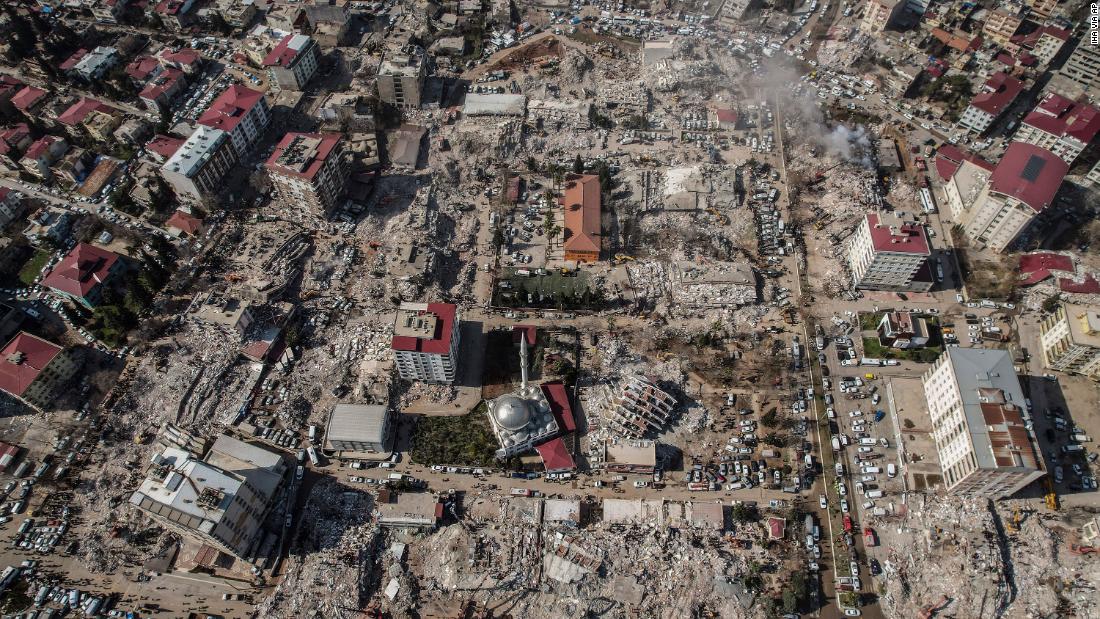Murder Surge Eases, But Rising Violence Still ‘Legitimate’ Concern: Study
Homicide rates have stopped rising at the accelerated pace recorded last year, but they still underline the need for authorities to develop effective, evidence-based violence-reduction policies, says a study commissioned by the Council on Criminal Justice.

Homicide rates have stopped rising at the accelerated pace recorded last year, but they still underline the need for authorities to develop effective, evidence-based violence-reduction policies, says a study commissioned by the Council on Criminal Justice (CCJ).
The study, based on data collected from 27 cities, found that the number of homicides in the first three quarters of this year rose by 4 percent compared to the first three quarters of 2020. That translated to an increase of 126 homicides.
Aggravated assaults increased by 3 percent and gun assaults by 0.4 percent over the same period.
That represented a stark contrast to the double-digit increases in murders reported in many cities in 2020, a one-year rate of increase not seen in over a century―though murder rates per capita were still a significantly lower than during the high-crime decade of the 1990s.
In 1993, for example, there were 28 deaths by homicide per 100,000 residents, compared to 16 deaths per 100,000 residents in 2021.
Some commentators seized on the increase as proof of a new ”crime wave” facilitated by sentencing, bail and parole reforms instituted by many jurisdictions, despite the lack of evidence supporting the assertion.
In fact, as the paper’s authors noted, most other categories of crime have continued to decline.
Other studies have indicated that the increase in murders was concentrated in discrete at-risk neighborhoods in urban areas where there is a high prevalence of gang activity.
Concern about the rise in homicides is still “legitimate, but it is important to recognize that murder rates remain well below the historical peaks seen in the early 1990s, and that the increase has continued to slow through the third quarter of 2021,” wrote the authors of the study, Richard Rosenfeld, the Curators’ Distinguished Professor Emeritus of Criminology and Criminal Justice at the University of Missouri – St. Louis; and Ernesto Lopez Jr., the CCJ’s s Research Specialist and a doctoral student at the University of Missouri – St. Louis.
Nevertheless, the volatility of the crime figures should not be ignored by policymakers, the authors warned.
“Even at a slower rate of increase, the elevated rates of homicide and serious assaults require an urgent response from government and community leaders,” the study said.
“Evidence-based strategies are available to address the increase in the short and medium term (and) as the pandemic subsides, cities should redouble efforts to deploy hot-spot strategies that focus on those areas where the violence is concentrated.
“The anti-violence initiatives of street outreach workers and other non-police actors who engage directly with those at the highest risk for violence must also be strengthened and sustained.”
The steep rise in homicides recorded in the late spring of 2020 coincided with the emergence of mass protests after the Minneapolis police killing of George Floyd, as well as the accelerated spread of the novel coronavirus across the country.
The pandemic was likely responsible at least in part for the decline in nonviolent crimes like residential burglary, larceny and drug offenses, the study said.
“(It) coincided with the stay-at-home mandates and business closings that occurred in response to the pandemic,” said the authors. “Quarantines reduced residential burglary. When businesses are closed, there is no shoplifting.
“Committing robberies and selling drugs on the street is more difficult when there are fewer people on the street, and drug arrests fall when police reduce drug enforcement because they have prioritized other activities. “
However, motor vehicle thefts have continued to rise through 2020 and 2021.
The data reported a hefty 13 percent increase in motor vehicle thefts during the first three quarters of 2021 compared to the same period in the previous year, even as other property crimes declined—continuing an increase first observed at the outset of the pandemic.
That may be a consequence of the fact that more people left their vehicles unattended st home rather than secure facilities at work.
But the fact that the increase is continuing as many people return to work is a red flag for law enforcement, the study said.
“Motor vehicle theft has been characterized as a ‘keystone’ crime that facilitates the commission of other offenses, including homicides and assaults,” the authors wrote. “Thus, it is possible that the increase in motor vehicle theft and violent crime may be related.”
One continuing source of debate is the link between the pandemic and domestic violence. Some experts have warned that the lockdowns and quarantines may have increased the level of domestic abuse, even if data shows no change—because victims of abuse are forced to stay together with spouses and are loath to go to the police.
But the study found that reported domestic violence rates were essentially the same during the first nine months of 2021 compared with the same period in 2020.
“This result, however, should be viewed with caution,” said the authors, noting that it is based on just 13 of the 27 cities in the study, and that other research documented an increase in domestic violence during the pandemic.
Breaking the percentages down by numbers, the study found:
-
-
- there were 2,144 fewer robberies during the first nine months of 2021 than in the first nine months of the previous year, re[resenting a 6 percent decline;
- There were 3,062 fewer residential burglaries in the first three quarters of 2021 than occurred in the first three quarters of 2020;
- There were 12,260 more motor vehicle thefts during the first three quarters of 2021 than during the same period in 2020 in the 24 cities with available data;
- There were 6,151 fewer drug offenses in the first nine months of 2021 than during the same period in 2020, a decrease of 14 percent.
-
The largest city in the 27-city sample studied was Los Angeles, with 3.97 million residents. The smallest was Norfolk, VA, with 245,000 residents.
This study was the seventh in a series of reports commissioned by the CCJ exploring crime changes during the COVID-19 pandemic.
The research was supported by the Harry Frank Guggenheim Foundation, the Charles Koch Institute, the John D. and Catherine T. MacArthur Foundation, Microsoft and other contributors.
The full study, along with earlier papers produced by the CCJ’s Violent Crime Working Group can be downloaded here.

 Landwebs
Landwebs 





















